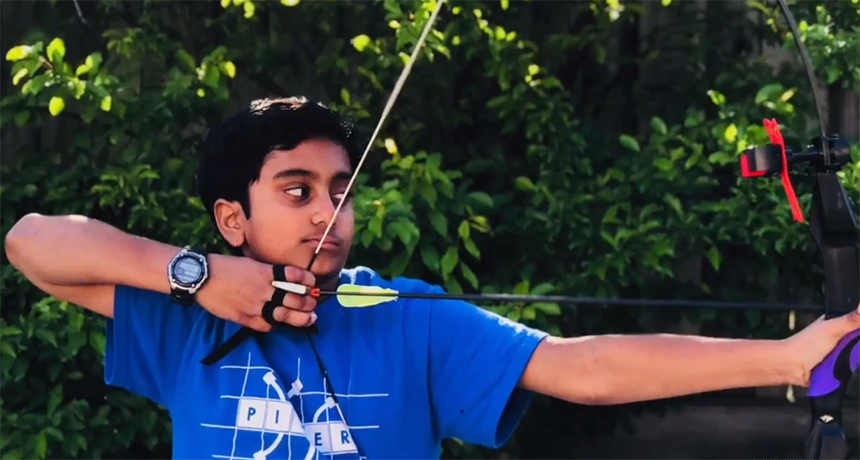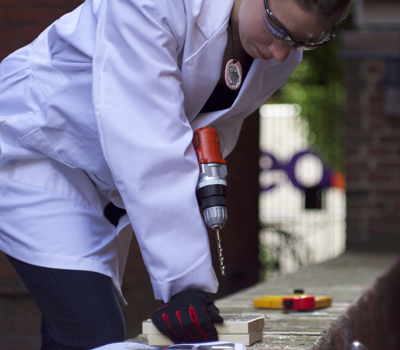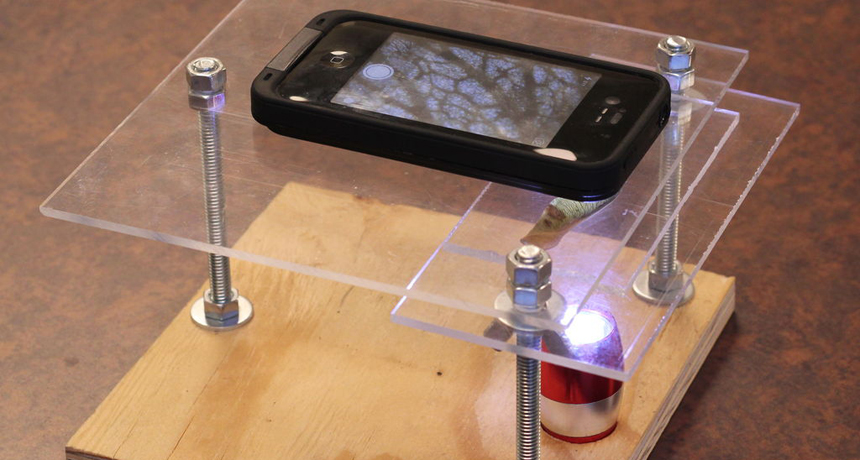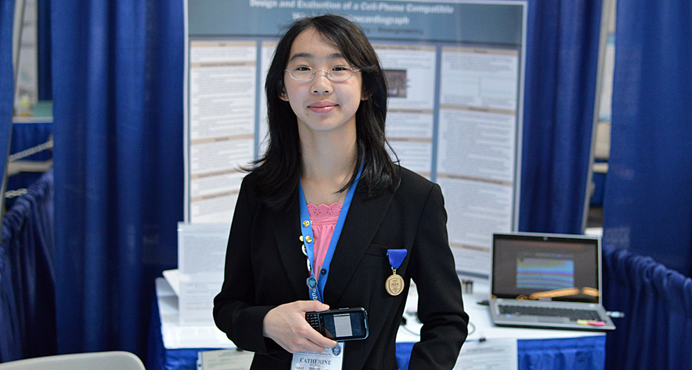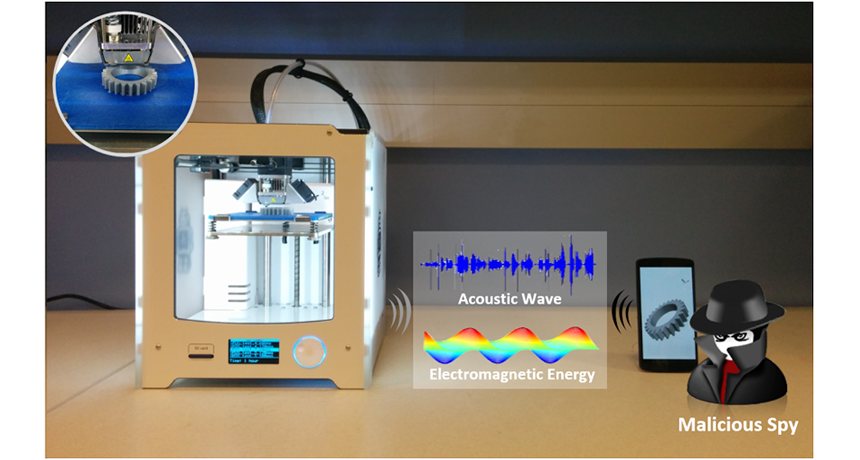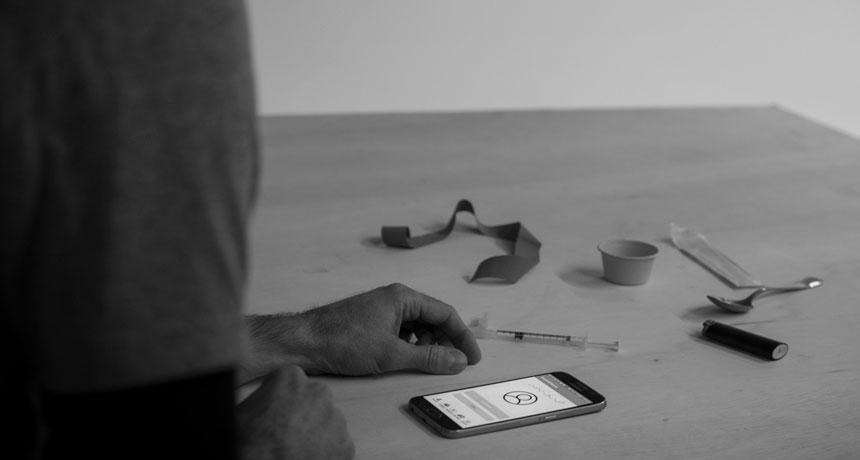Research at Home: Using a Smartphone for Data Collection
If you’re short on lab equipment to collect data, look no further than your back pocket for a scientific data collection device.
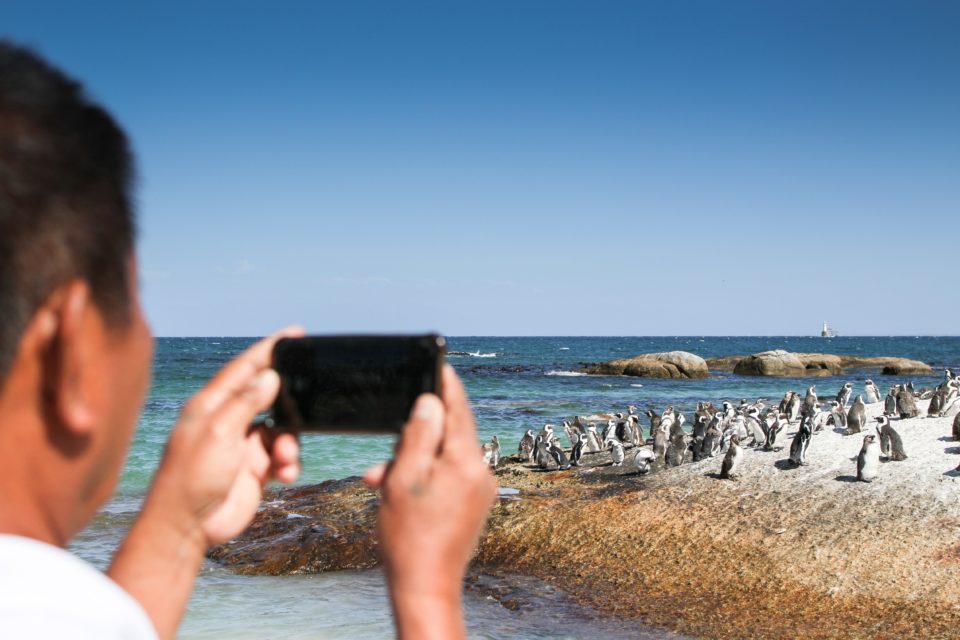
Some sensors that you can use for data collection are already built into most smartphones. You may need to download an app to use some of them for data collection purposes. If you are under 18, make sure you have permission to download and use an app. Here are some examples of sensors (and what they detect) you may have at your fingertips:
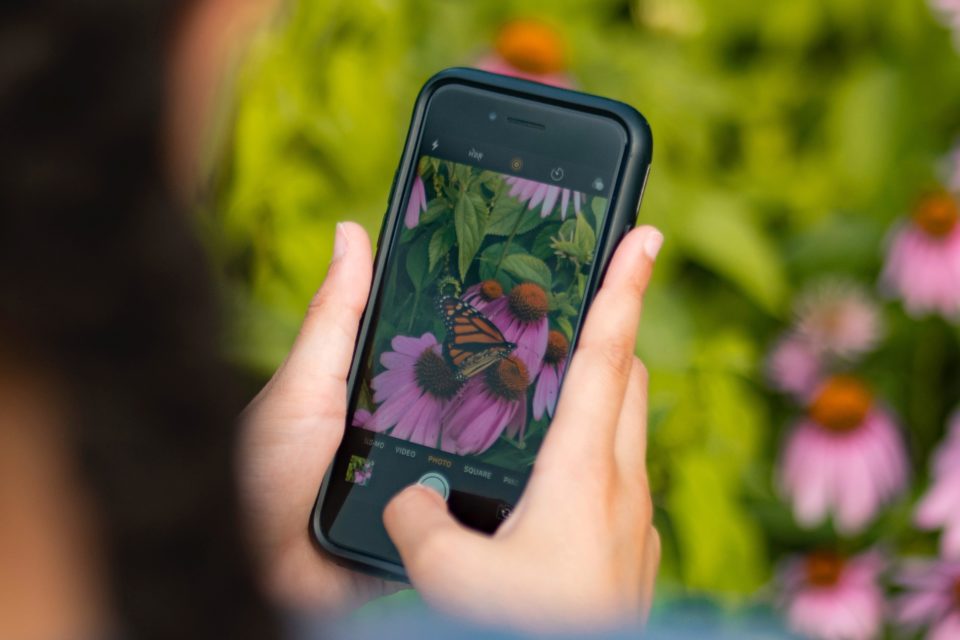
Sensors Built into Most Smartphones
- Accelerometer (Acceleration)
- Gyroscope (Rotational motion)
- Magnetometer/Compass (Magnetic fields)
- GPS receiver (Location)
- Microphone (Sound)
- Camera (Light, Color, Barcode reader)
- Photometer/Ambient Light Sensor (Light)
- Stopwatch (Time)
- Touchscreen (Conductivity or Pressure)
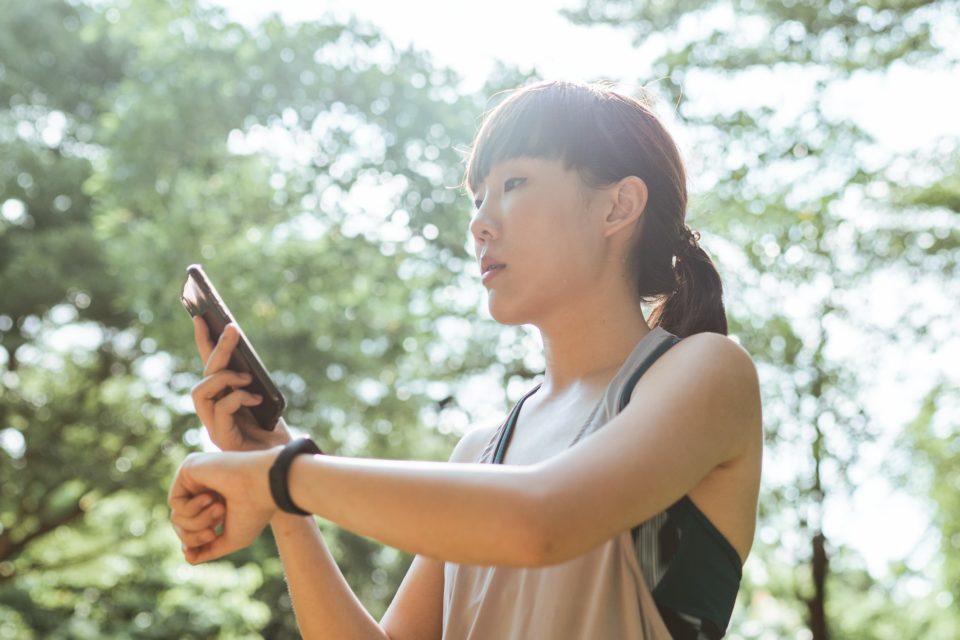
Some Additional Sensors Smartphones Might Include
- Barometer (Pressure)
- Thermometer (Temperature – internal or ambient)
- Humidity Sensor (Amount of water in the air)
- Fingerprint sensor (Conductivity)
- Proximity Sensor (Infrared Light)
- Pedometer (Acceleration)
- Facial recognition (Light)
- Heart Rate Monitor (Heartbeats)
- Geiger Counter (Harmful Radiation)
- Gravity Sensor (Gravitation)
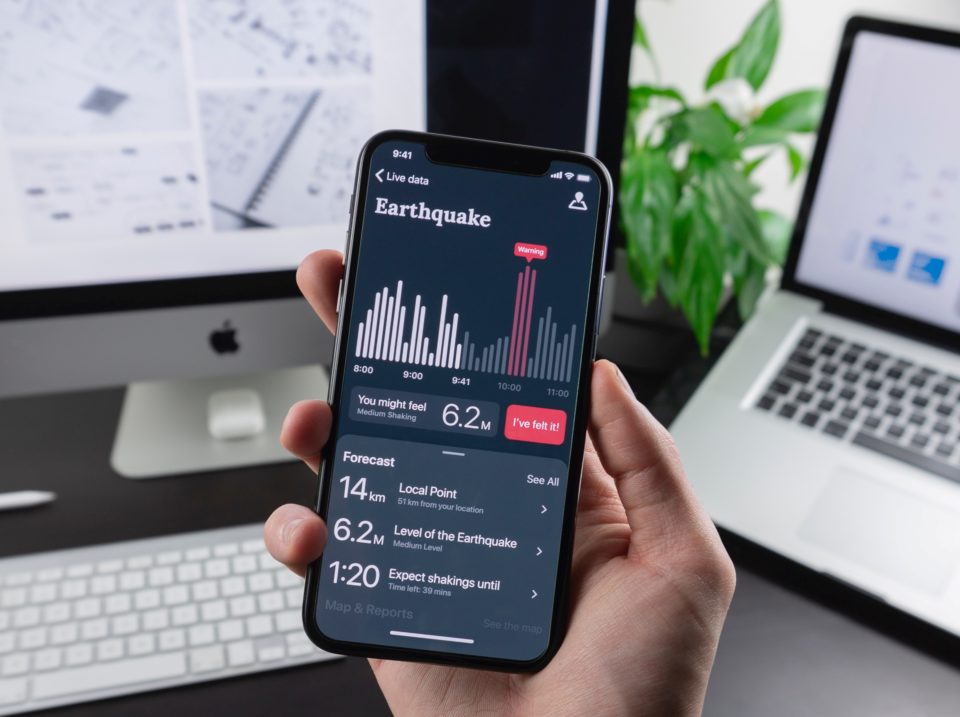
Things that Apps Can Measure or Identify
- Types of plants and animals
- Earthquakes
- Bird songs
- Distance traveled or height of an object
- Brightness of the sky
ISEF Projects that use Smartphones to Collect Data
Check out these projects that use a variety of sensors, or even create their own, to capture data. See more ISEF abstracts by visiting the ISEF Project Database.
Using the Camera
- Haem: Deep Learning to Detect Anaemia Using Smartphones
- Design and Development of Smartphone-based Fundus Camera
- The iSpy Platform: A Multi-Faceted Suite of Affordable Smartphone Imaging and Sensor-Based Utilities for the Non-Invasive Detection of Parkinsonian Tremor and Skin Cancer via Machine Learning
- A Low-Cost Hyper-Spectral Image-Processing System to Identify Stressed Crops for Improved Harvest Yields
- Everyone Can Be a Fish-Gazer! A DIY 3D Fish-Monitoring System
Create your own Sensor
- Spectral Smartphone: Rapid Prototyping Mobile Platform Diffraction Spectrophotometry
- Mideumi Weather Capsule
- Indoor Navigation with Maximum Likelihood Classification of Wi-Fi Fingerprints
- Mobile Device for Radiation Measurements in Big Cities
- Automatic Detection of Vascular Lesions of the Retina Using a Localized Adaptive Thresholding Approach
- A Handheld Hematology Analyzer Using Acoustic Enhanced Blood Smear Devices
Articles about Using Smartphones for Data Collection
Science News and Science News for Students are our award-winning publications that cover current advances across all STEM disciplines. We have gathered a collection of articles specifically on Using a Smartphone for Data Collection to further shed light on this topic and provide inspiration for student research projects.
Science News in High Schools Cell Phone Data Collection Activity
Smartphone technologies
In this two-part activity, students will complete a few simple light polarization exercises to model LCD technology and then demonstrate how a smartphone app analyzes and utilizes data to perform a specific function.
A look inside a smartphone
These discussion prompts ask students to describe how various smartphone sensors work, and analyze three graphs related to data gathered by such sensors.
